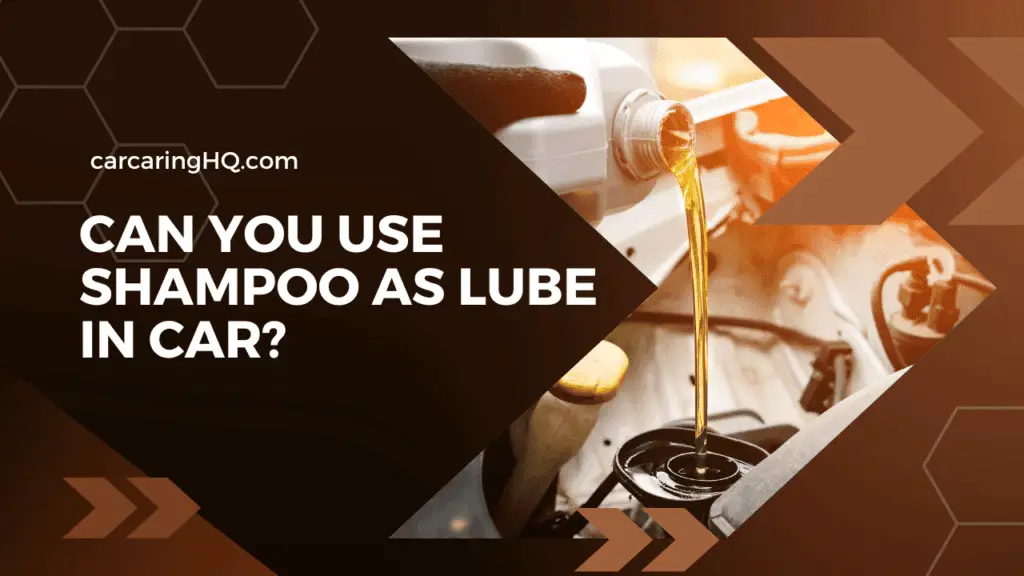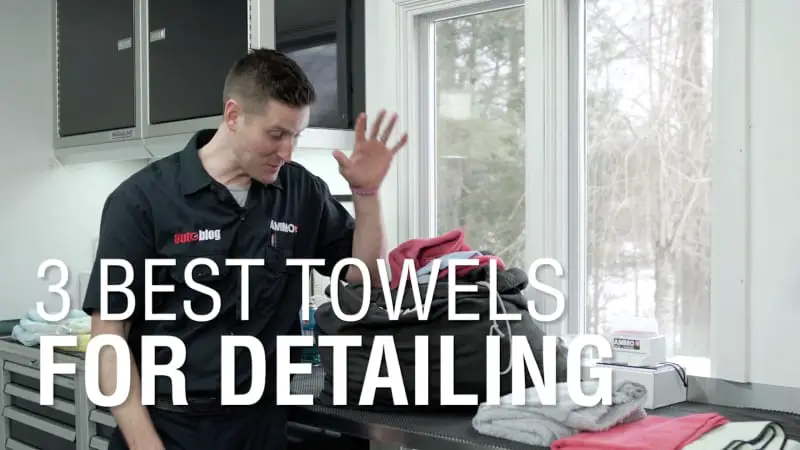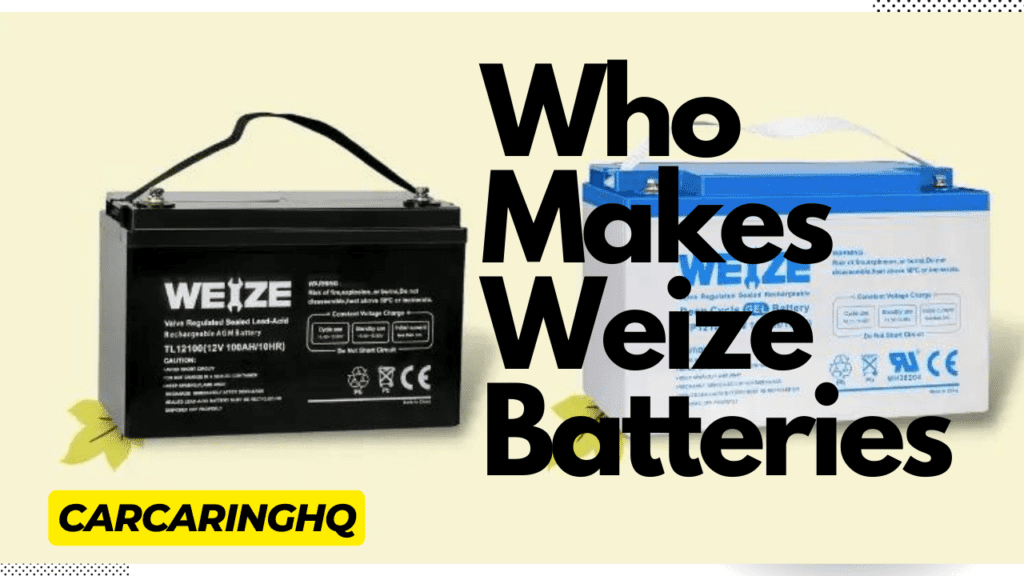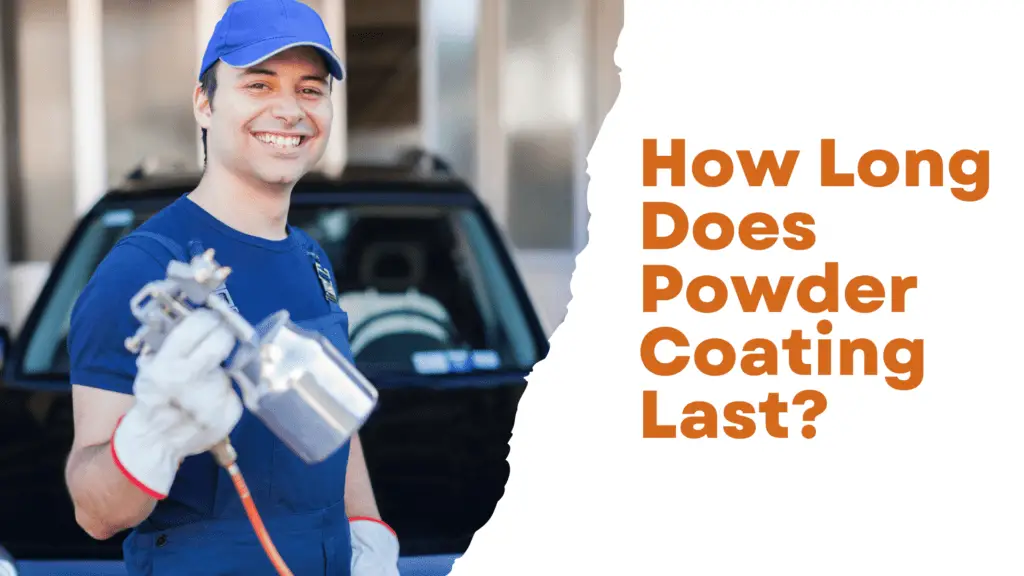In an insightful video, car detailing enthusiast Pan shares expertise on how to effectively wash your car at a self-serve car wash. While many people turn to automatic car washes for convenience, Pan cautions against their use due to the harsh chemicals they employ. These chemicals can strip away paint protection and even damage the vehicle’s exterior through scratches and swirls. For those who can’t wash their cars at home, whether due to municipal restrictions or freezing weather, a self-serve car wash is a viable alternative. Pan is joined by Chelsea, a professional detailer from the USA, who demonstrates a professional yet DIY-friendly approach to car washing suitable for a self-serve car wash bay.
Chelsea begins by pointing out the downsides of automatic car washes, such as high pH soaps and abrasive brushes that can cause costly damage over time. Instead, she outlines a practical and affordable method to wash a car even in winter. Chelsea illustrates this by taking her car to a local self-serve car wash, bringing along her own tools and products. From foam cleaners to specialized brushes and rinseless wash solutions, she provides a step-by-step guide to achieving a spotless vehicle. The demonstration is particularly valuable for those living in apartments or without access to a home garage, proving that with the right approach, anyone can maintain their car’s appearance without resorting to potentially damaging automatic car washes.
Table of Contents
Challenges of Automatic Car Washes
Automatic car washes, despite their convenience, often come with significant drawbacks. The harsh chemicals used in these facilities can strip away various forms of paint protection like wax, sealants, or even ceramic coatings over time. These chemicals can also dull the vehicle’s finish and affect surfaces or parts of the car. Even more concerning are the nylon bristles or mechanical agitation methods, which can introduce scratches and swirls into the paintwork.
The best option for car cleaning is usually at-home washing. However, not everyone has the means to wash their car at home due to municipal restrictions on water use or a lack of a proper space. Additionally, freezing winter conditions make it impractical for many to wash their cars outdoors. This leaves a self-serve car wash as a viable alternative where car owners can bring their own tools and products to clean their vehicles effectively.
Preparing for a Self-Serve Car Wash
To execute a professional yet DIY-friendly car wash, the right tools and products are necessary. Chelsea, a professional detailer, demonstrates by bringing an IK Foam Pro 12, a gallon of water mixed with soap, and various brushes and detailing tools. The foam soap she uses, called super foam soap, is capable of providing excellent lubrication to loosen dirt and grime from the vehicle’s surface.
Additionally, Chelsea prepares a bucket of warm tap water, a range of tire and wheel brushes, and a cleaning solution known as Wise Guy for tires and wheels. This comprehensive preparation ensures that the initial stages of cleaning—covering the application of foam, cleaning of tires, and loosening of dirt—are handled efficiently.
Self-Serve Car Wash Process
Upon arriving at the self-serve car wash, Chelsea proceeds to foam the entire vehicle thoroughly with super foam soap using the IK Foam Pro 12. While the foam works on loosening the grime, she cleans the tires and wheels with the prepared brushes and Wise Guy solution. This dual-action not only saves time but also ensures that stubborn dirt is effectively removed before any rinsing occurs.
Following the foam treatment and wheel cleaning, high-pressure water is used to rinse the vehicle. Attention is paid to areas like emblems and tight seals to ensure that no grime is left behind. After rinsing, Chelsea switches to a rinseless wash using a DIY detail rinseless wash mixed in a bucket. This step involves using a specialized sponge and additional lubrication to safely remove any remaining dirt.
Finishing Touches and Further Detailing
After completing the rinseless wash, Chelsea uses ceramic gloss as a drying aid. This not only helps in drying the vehicle but also replenishes any weakened protection layers and adds an extra layer of shine. Each panel receives minimal sprays to avoid streaking, and quality drying towels are employed to ensure that no scratches are introduced during this phase.
Additional detailing involves cleaning the interior, applying tire dressing, and using a water-based dressing for a long-lasting finish. These final touches ensure that the car is not only clean but also well-protected and visually appealing. The attention to detail shows that with the right approach and products, a self-serve car wash can achieve professional-level results.
In conclusion, following the step-by-step guide demonstrated by Chelsea, car enthusiasts can effectively maintain their vehicles at a self-serve car wash, even in challenging conditions like winter. By bringing your own high-quality tools, such as the IK Foam Pro 12 and DIY detail rinseless wash, alongside other detailing products, you can achieve professional-level results without the risk of scratches or weakened protection layers that come from automatic car washes.
Chelsea’s approach emphasizes the importance of using safe, effective methods tailored to the vehicle’s specific needs. From pre-soaking with super foam soap to detailing with tire and wheel brushes, each step is designed to be efficient and thorough. The final touches, such as applying ceramic gloss and using quality drying towels, ensure the vehicle not only looks spotless but is also protected.
This method is especially beneficial for those who lack the facilities to wash their car at home, live in areas with water restrictions, or face inclement weather conditions that make outdoor washing impractical. By adopting Chelsea’s techniques, car owners can save money, time, and maintain the integrity and appearance of their vehicles.







